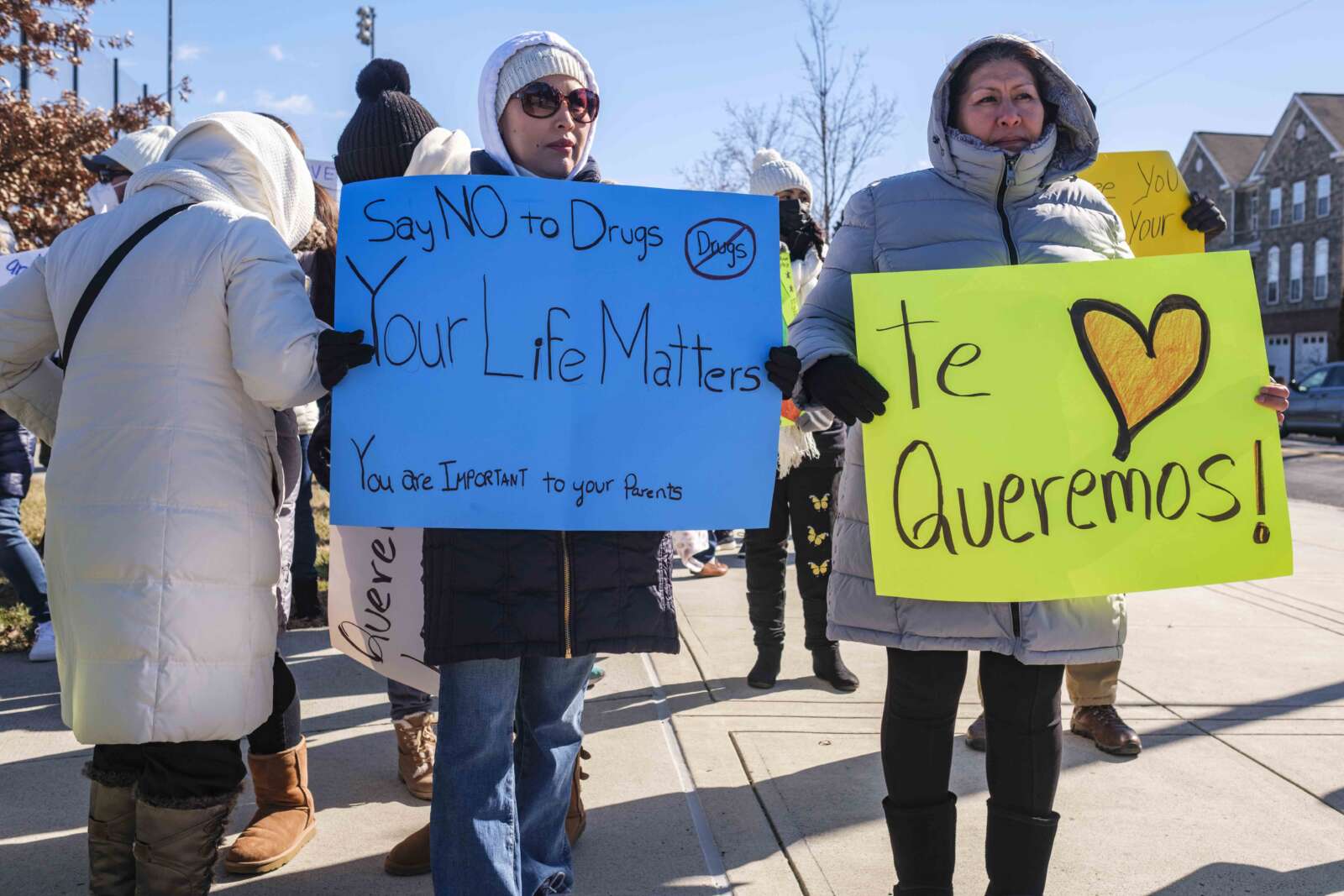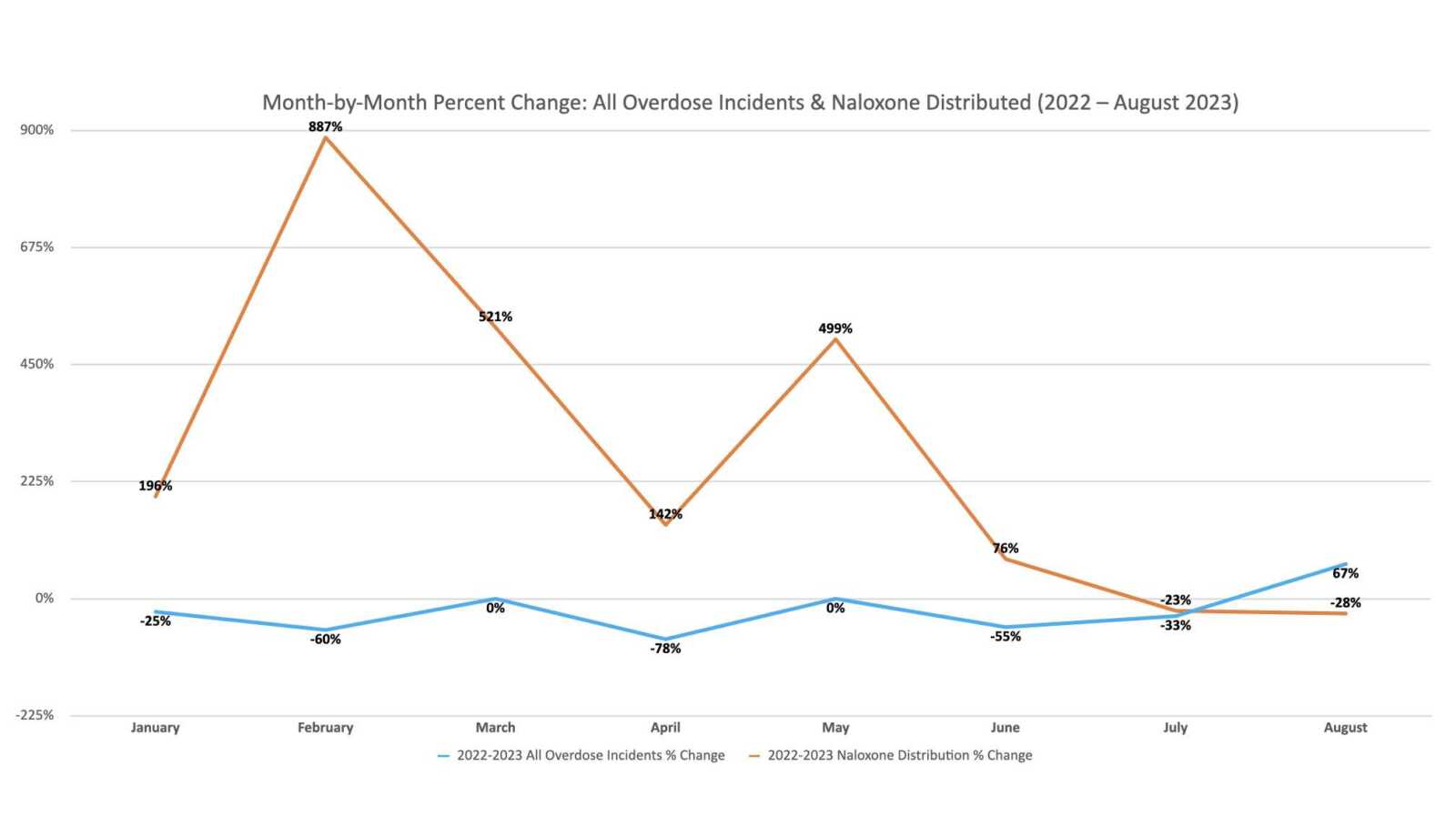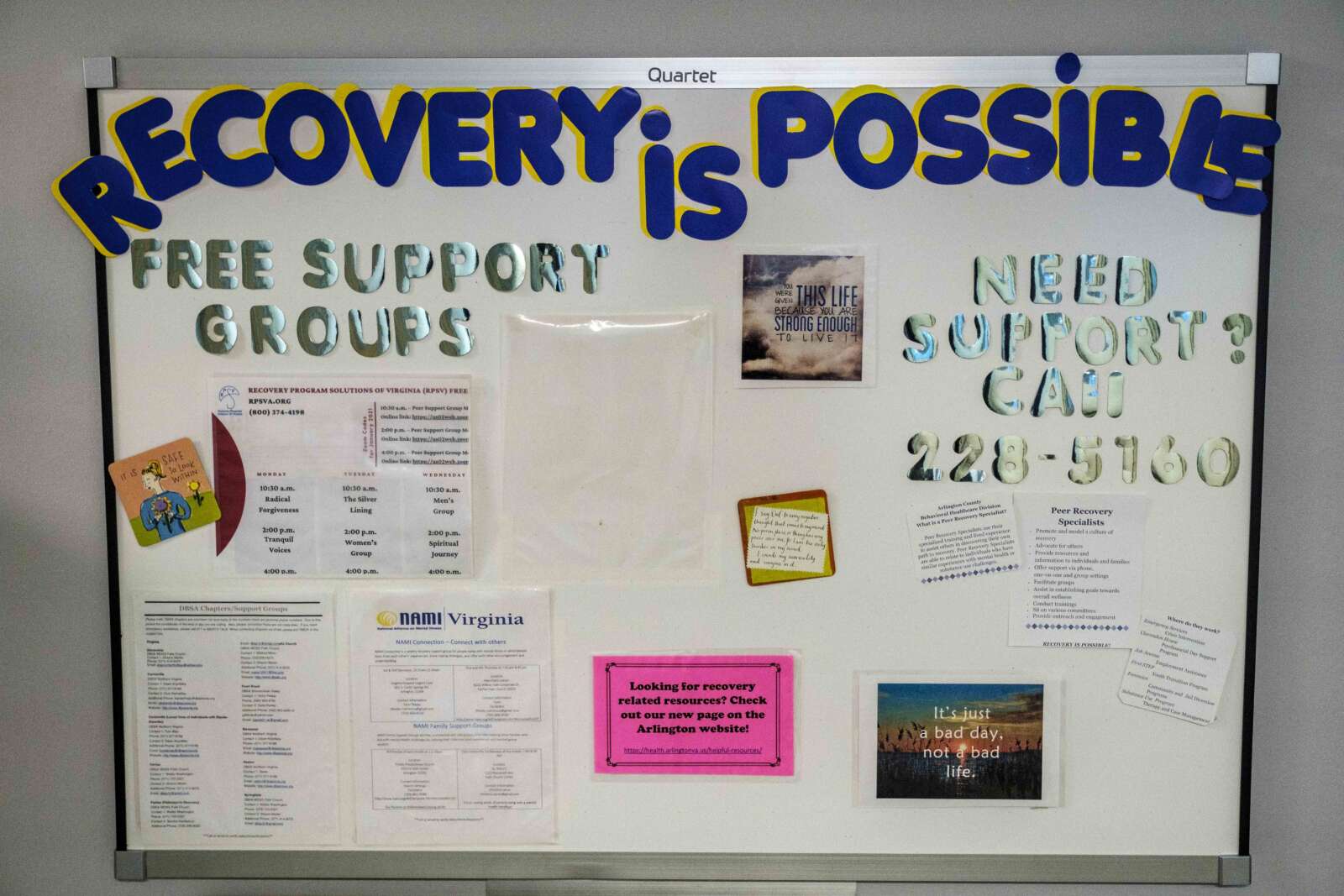
Bucking statewide trends, Arlington County may be seeing opioid overdoses trend down this year.
So far this year, Arlington registered 44 overdoses with Narcan — a brand name for the opioid-reversal drug naloxone — deployed in 35 instances. Of the overdoses, eight involved juveniles, all of whom received Narcan.
That marks a 31% decrease this calendar year in total opioid overdoses, compared to other Virginia jurisdictions still seeing increases, says Emily Siqveland, the opioids program manager for the county.
That is the good news, to be taken with a more sobering projection that Arlington County is not seeing a similar decline in fatal overdoses. As of this time last year, Siqveland says Arlington had the same number of fatal overdoses as it does now: 15.
Arlington County has been significantly affected by the opioid epidemic wreaking havoc on the country and the region, where the Inova health system estimates some 32% of adults have a family member or friend with an addiction. In response, the county has joined lawsuits against pharmaceutical companies linked to the opioid crisis, putting settlements toward treatment.
It was the January 2023 death of 14-year-old Sergio Flores after overdosing at Wakefield High School, however, that threw a spotlight on the use of pressed pills among young people and a lack of local treatment options for them. His passing prompted a surge in activity and conversations within Arlington Public Schools, the county and the broader community.
Eight months later, some of that work is coming together.

Works in progress
The hyperlocal focus on young people dovetails with findings from Inova that younger generations are particularly touched by addiction. It found 32% of Gen Z and 39% of Millennial survey respondents reported having a family member or friend with an addiction.
APS has hired one substance abuse counselor and is finalizing paperwork for the other, says Darrell Sampson, the school system’s executive director of student services. This would bring the total number of counselors to eight serving the division.
This year, the Dept. of Human Services and APS are preparing to station four county therapists in the high schools. To date, 320 high school students have family consent to carry Narcan in school.
“With the additional substance abuse counselors, we’re able to expand supports to middle schools,” Sampson tells ARLnow, noting insufficient support for 6-8th graders was a concern in the community. “We want to try to keep [kids who are experimenting] from blowing up into a more full-blown addiction or using even more concerning substances.”
In June, several years after closing down its juvenile treatment program, National Capital Treatment & Recovery (NCTR) — formerly Phoenix House — debuted its new adolescent intensive outpatient program this summer.
As of yesterday (Thursday), NCTR has admitted 13 patients and has had to turn away referrals from outside the county, which it cannot accept at this time, NCTR Chief Clinical Officer Pattie Schneeman tells ARLnow.
“I anticipate the referrals will increase now that school has started, because that is often where we start seeing the needs surface, i.e. when it interferes with school attendance, etc.,” Schneeman said.
Mostly, the recovery center sees youth struggling with fentanyl abuse. Patients are either uninsured or have Medicaid, and a majority have parents who only speak Spanish at home, leading NCTR to provide Spanish-language family support groups.
Schneeman says the center has started medically assisted treatment, though this is only approved for patients at least 16 years old. Two patients under 16 were recommended medication but could not receive it with Medicaid.
“The real issue is that most of these patients need a higher level of care that does not exist,” she said. “Arlington DHS has been a great partner in helping us put together whatever interventions we can do to try and meet the needs of these patients.”
More intensive support is expected a few years from now when VHC Health, formerly known as Virginia Hospital Center, builds a facility for mental health and substance use recovery, with beds for adolescents and adults, on S. Carlin Springs Road.
After Flores passed, the county’s Arlington Addiction Recovery Initiative also ramped up distribution of naloxone and fentanyl test strips. It continues to distribute these harm reduction tools to witnesses at the scene of an overdose, where some 35% of witnesses have accepted them.

The power of peer recovery
While harm reduction is an important component, Siqveland says the county’s most powerful resource might be people who once experienced addiction.
Whenever the county has contact information for someone who recently overdosed, and survived, one of two people in recovery will call to talk to them.
“Peer recovery specialists… are like lighthouses,” said the county’s opioids program manager. “Someone in addiction is in the dark, trying to navigate their addiction. They want to find land, they want to get out, but they don’t know how. A peer recovery specialist is a lighthouse, saying, ‘I have figured it out. Follow me. Come to the light.'”
Siqveland says offers of support, treatment or harm reduction tools have more power coming from someone who has lived through addiction. Of the 25 people DHS could call last fiscal year who survived an overdose, 60% accepted Narcan or fentanyl test strips, 36% accepted peer support and 40% accepted a connection with treatment.
Schneeman also says peer recovery could be a powerful tool for young people, though peers in recovery who are their age are hard to come by. For now, she plans to have people with 30+ years of sobriety, who started their sobriety at age 16 or 17, to come speak to adolescents.
“We are trying to be as creative as possible with the kids coming through the door to provide a message of hope and encouragement for their future without substances,” Schneeman said. “It takes a village, one kid at a time.”
While these may not be peers in recovery, fellow students also play an important role in holding each other accountable, according to APS’ Sampson.
He said a student group and faculty sponsor from the Arlington Career Center went to a state substance abuse prevention conference this summer and came back with several ideas “to actively engage in that particular school.”
The importance of human connection
Peer recovery specialists play an important role after fatal overdoses, too, reaching out to loved ones to offer grief support and resources, says Siqveland.
“While we do not track outcome data on this, I do think it’s worth mentioning this important piece of the work we are doing together — the human-to-human connection has been invaluable in helping family members process their grief and decrease the feeling of stigma related to overdose,” she said.
Human connection is critical to overcoming stigma and promoting recovery, according to Inova, which published data on the regional impact of addiction as part of its Act on Addiction campaign.
While most (95%) of people say they know where to go to get help for a friend or family member with an addiction, the hospital says those conversations may not happen because of fear of discomfort or being judged.
Nearly a quarter of adults reported feeling uncomfortable talking to a family member or a friend with an addiction. Fear of family and friends discovering the addiction deters more than half of people who need care from seeking it — up more than 30% since 2022.
“Addiction is a disease that affects people from all walks of life, and impacts not only their health, and their families and friends, but our community as a whole,” Inova’s Chief of Addiction Services Division Dr. Zeina Saliba said in a statement.
“Through the Act on Addiction campaign, we remain dedicated to helping those experiencing addiction, and their loved ones, understand what resources and treatment options are available,” she continued.

